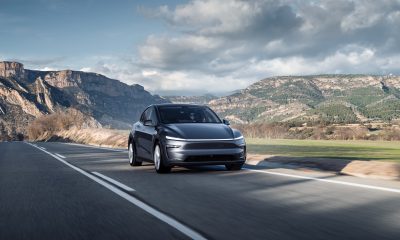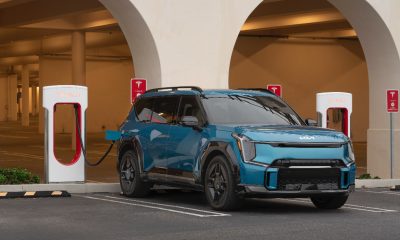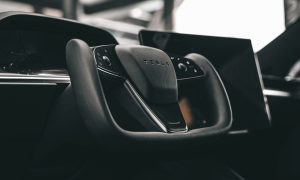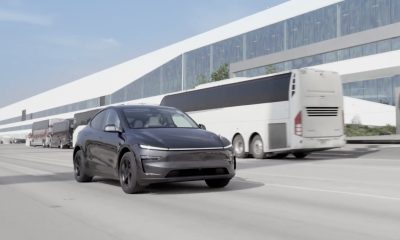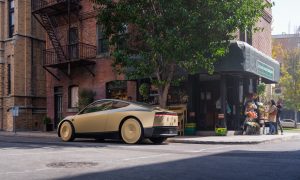News
Elon Musk reveals Tesla Master Plan Part 2: Solar, Pickup and Ride Share
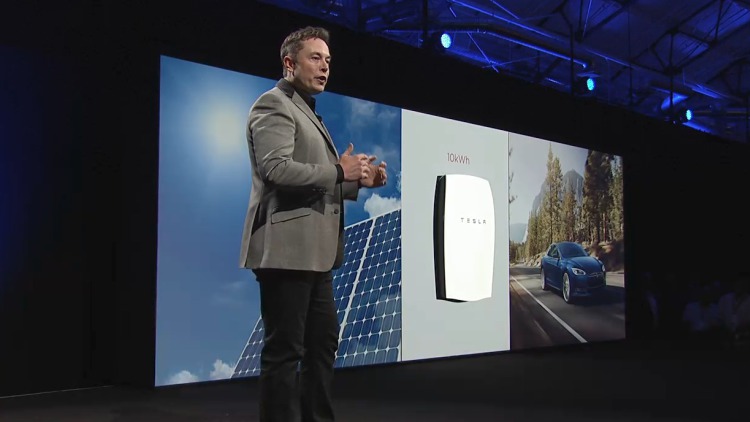
It took a littler longer than promised, but the Tesla Master Plan Part 2 has finally been revealed. Here is the short version:
- Create stunning solar roofs with seamlessly integrated battery storage
- Expand the electric vehicle product line to address all major segments
- Develop a self-driving capability that is 10X safer than manual via massive fleet learning
- Enable your car to make money for you when you aren’t using it
The first objective is no surprise. Last month, Tesla submitted an offer to buy SolarCity for $2.8 billion in Tesla stock. This week, the url teslamotors.com began redirecting to tesla.com as part of the company’s branding strategy to be less of a motor company and become more of a brand and energy company. Here’s how Musk explains it.
“Create a smoothly integrated and beautiful solar-roof-with-battery product that just works, empowering the individual as their own utility, and then scale that throughout the world. One ordering experience, one installation, one service contact, one phone app.
The second part of the plan includes Tesla heavy duty trucks and new forms of urban transportation with high passenger density. “We believe the Tesla Semi will deliver a substantial reduction in the cost of cargo transport, while increasing safety and making it really fun to operate.
“With the advent of autonomy, it will probably make sense to shrink the size of buses and transition the role of bus driver to that of fleet manager. [The bus] would also take people all the way to their destination. Fixed summon buttons at existing bus stops would serve those who don’t have a phone. Design accommodates wheelchairs, strollers and bikes.”
Objective 3 is all about reducing the annual carnage on the highways. “We expect that worldwide regulatory approval will require something on the order of 6 billion miles (10 billion km). Current fleet learning is happening at just over 3 million miles (5 million km) per day.”
Musk takes some care to explain why the current version of Autopilot is called beta. “It is called beta in order to decrease complacency and indicate that it will continue to improve (Autopilot is always off by default). Once we get to the point where Autopilot is approximately 10 times safer than the US vehicle average, the beta label will be removed.”
Despite calls to disable Autopilot by Consumer Reports and others, Musk makes it clear he will stay the course. Here’s why: “I should add a note here to explain why Tesla is deploying partial autonomy now, rather than waiting until some point in the future. The most important reason is that, when used correctly, it is already significantly safer than a person driving by themselves and it would therefore be morally reprehensible (emphasis added) to delay release simply for fear of bad press or some mercantile calculation of legal liability.”
Finally, Musk says car owners typically use their cars less than 10% of the time. Once fully autonomous driving is perfected, they will be able to share their car with others, generating income that can partially offset the costs of ownership. “In cities where demand exceeds the supply of customer-owned cars, Tesla will operate its own fleet, ensuring you can always hail a ride from us no matter where you are.”
There it is in a nutshell. A bold new plan to take the original not-so-secret plan and extend upon it. Musk restates and reinforces the underlying purpose for everything the company does. “The point of all this was, and remains, accelerating the advent of sustainable energy, so that we can imagine far into the future and life is still good. That’s what “sustainable” means. It’s not some silly, hippy thing — it matters for everyone.
“By definition, we must at some point achieve a sustainable energy economy or we will run out of fossil fuels to burn and civilization will collapse. Given that we must get off fossil fuels anyway and that virtually all scientists agree that dramatically increasing atmospheric and oceanic carbon levels is insane, the faster we achieve sustainability, the better.”
Amen, Elon.
See Tesla’s Master Plan, Part Deux in its entirety.
News
BYD profit surges 100.4% as smart EVs drive growth
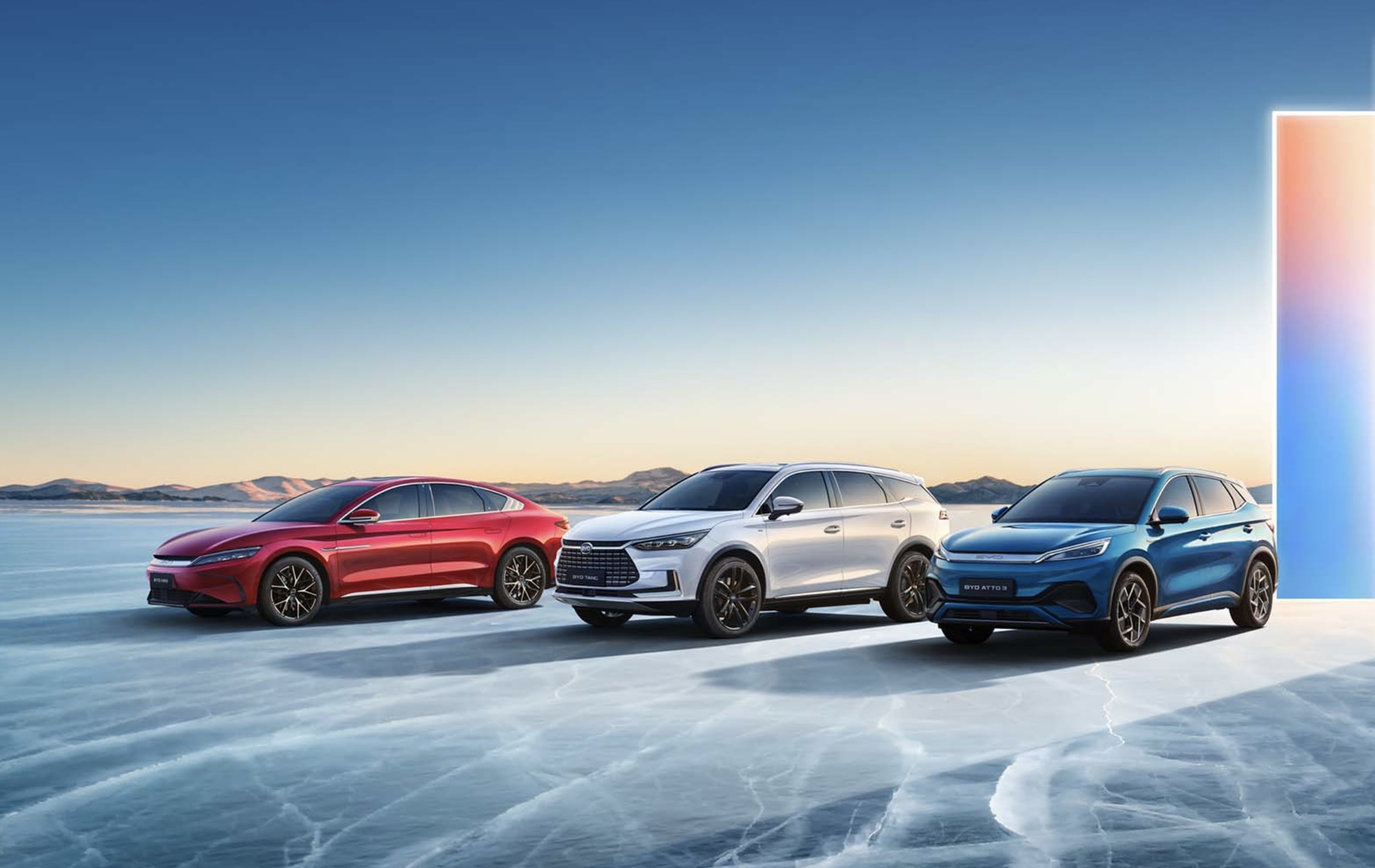
China’s leading automaker, BYD, reported a 100.4% profit surge in the first quarter, partly driven by its smart electric vehicle (EV) features. BYD’s net profit reached 9.2 billion yuan ($1.26 billion), exceeding the company’s earlier forecast of RMB 8.5 billion ($1.1 billion) to RMB 10 billion ($1.3 billion), according to a Friday stock filing.
The Chinese automaker’s revenue for the quarter hit RMB 170.4 billion ($23 billion), up 36.4% year-on-year, though growth slowed from the prior quarter’s 52.7% rise. BYD’s dominance in China grew stronger, with its market share climbing to 13.6% from 12.1% a year earlier. The company’s “God’s Eye” driver-assistance system–now standard across its lineup at no extra cost–and a new supercharging EV platform have fueled its edge.
Industry observers noted that BYD’s strides with God’s Eye and EV supercharging platform have encouraged Leapmotor, Geely, and Toyota to push harder with their affordable smart EVs. BYD’s strategy of slashing prices while enhancing technology has roiled the market, solidifying its lead in China’s fiercely competitive EV sector.
Beyond its home market, BYD aims to export 800,000 vehicles this year. However, its European expansion has faced hurdles. The Chinese company’s rapid response to its European challenges reflects its broader ambition to dominate global EV markets.
BYD’s ability to combine affordability with advanced features has pressured competitors to adapt, intensifying the global race for EV supremacy. In China, BYD’s price war shows no signs of slowing, with its market share gains signaling robust demand for its smart, cost-competitive vehicles. As BYD refines its international strategy, its first-quarter performance underscores its growing influence in the automotive industry.
Note: BYD sells hybrids and internal combustion engine cars alongside its electric vehicles.
News
D.C. suspect faces charges for vandalizing Tesla vehicles
49-year-old Justin Fisher hit 4 Teslas across D.C. in March. Prosecutor says the acts were meant to “suppress political speech.”
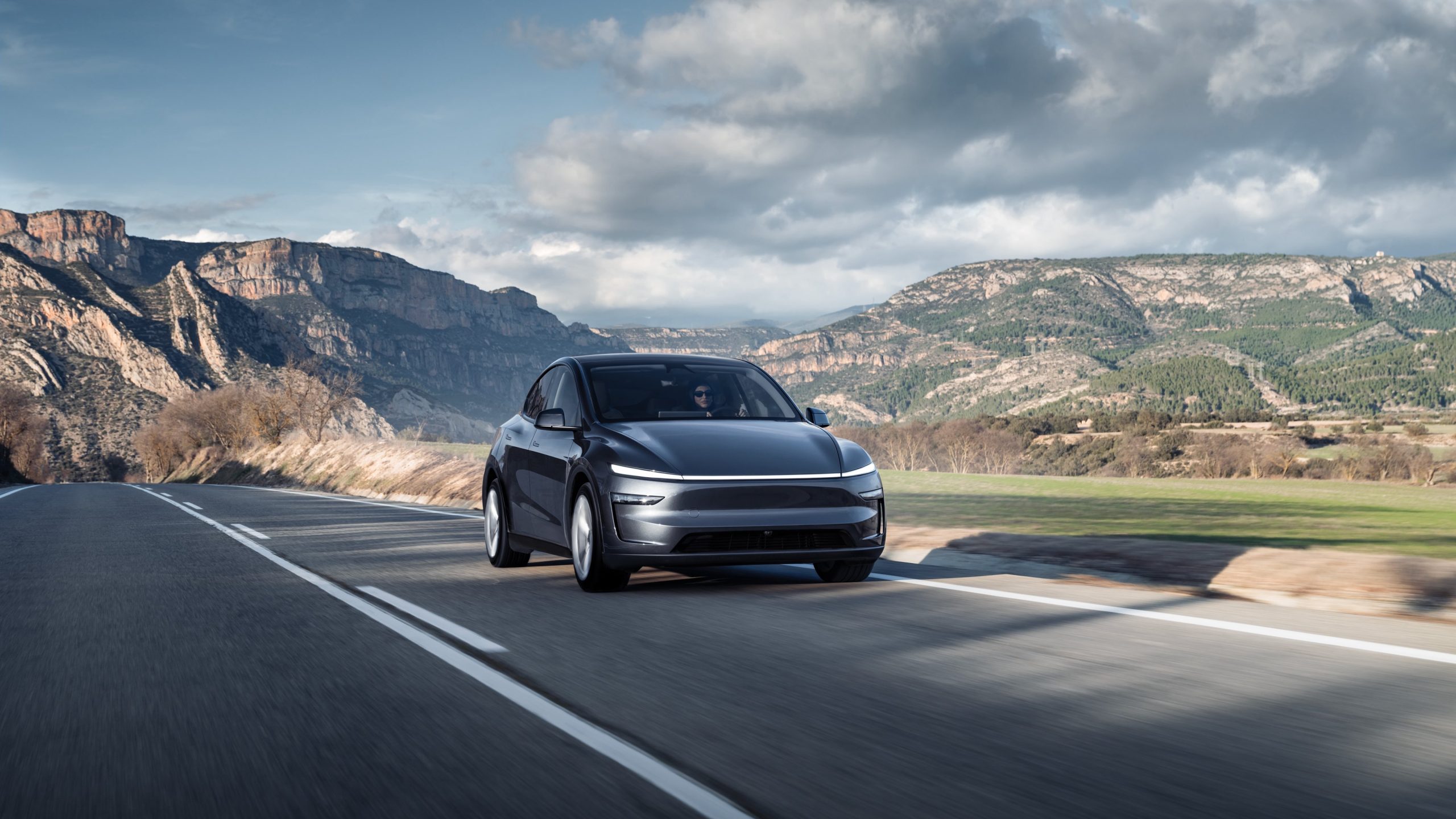
A Washington, D.C., man has been charged with vandalizing Tesla vehicles across Northeast D.C., with authorities labeling the acts as domestic terrorism. Tesla vandalism attacks increased in the first quarter.
Justin Fisher, 49, faces four misdemeanor counts of defacing public or private property for incidents between March 1 and March 21, 2025, U.S. Attorney Edward R. Martin Jr. and Metropolitan Police Department Chief Pamela Smith announced.
Court documents outline Fisher’s alleged offenses, which targeted Tesla vehicles owned by multiple victims. The first case of Tesla vandalism occurred on March 1 at 10:11 a.m. in the 200 block of K Street, followed by a second on March 2 at 6:15 p.m. in the 200 block of 11th Street. The third time Fisher reportedly vandalized a Tesla was on March 8 at 8:05 a.m. in the 600-700 blocks of F Street. The last time the suspect vandalized a Tesla was on March 21 at 5:15 p.m. in the 600 block of G Street. Fisher was arrested on April 1, 2025, by the Metropolitan Police Department, which continues to investigate the cases.
“The so-called ‘Tesla Takedown’ is domestic terrorism, and my team is taking it on front and center,” said U.S. Attorney Martin. “These attacks are not just an attack on someone’s property. They are meant to intimidate and suppress political speech and shut down the marketplace of ideas,” Martin said. The U.S. Attorney’s Office for the District of Columbia is prosecuting the case.
“If you target Tesla and break the law, then you can expect consequences,” said Attorney General Pamela Bondi. “This Department of Justice will not tolerate such criminal acts.”
Fisher appeared in Superior Court and was released on personal recognizance. His initial status hearing is set for June 10, 2025. The misdemeanor charges carry significant weight due to their domestic terrorism designation, signaling a broader crackdown on ideologically driven property crimes. The attacks highlight tensions surrounding Tesla, which has faced scrutiny and admiration alike from the public.
The case underscores the challenges of balancing free expression with criminal accountability. As the investigation unfolds, authorities aim to clarify Fisher’s motives.
News
Tesla Robotaxi benefits from Trump’s new self-driving rules
Trump admin eases self-driving rules. Tesla could launch FSD faster. Austin Robotaxi launch now looks even stronger.
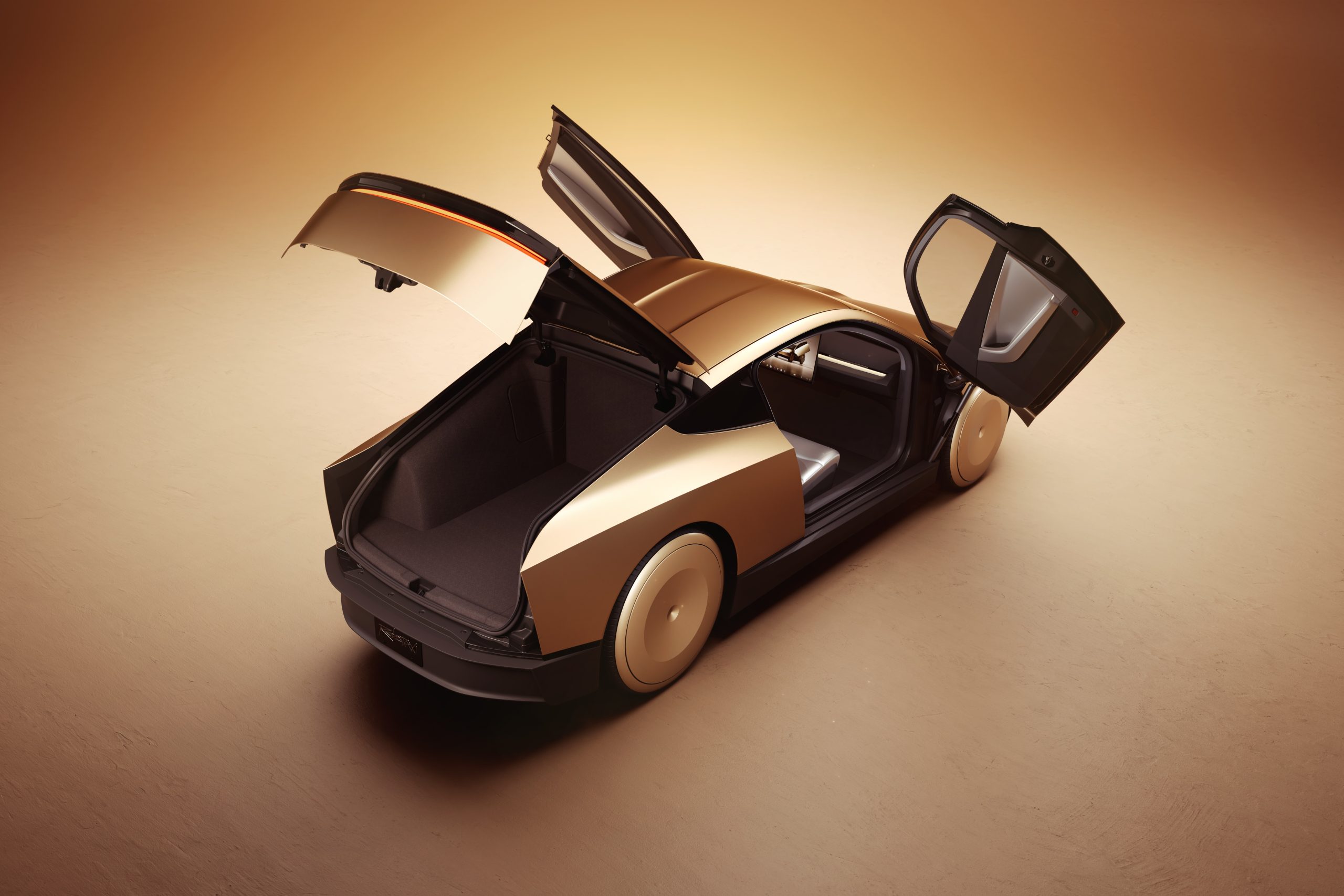
The Tesla Robotaxi network will benefit from U.S. President Trump’s new self-driving rules.
The Trump administration is loosening regulations to support U.S. automakers like Tesla in developing self-driving cars. The United States government aims to outpace Chinese competitors in autonomous vehicle development. The policy shift, which was announced by U.S. Transportation Secretary Sean Duffy on Thursday, targets federal safety rules and crash reporting requirements to accelerate autonomous vehicle innovation.
The Transportation Department outlined exemptions allowing U.S. companies to bypass specific safety regulations for self-driving vehicles used in research, demonstrations, and non-commercial settings. Previously, such exemptions were applied mainly to foreign vehicles with standards different from those in the United States. The department also plans to streamline crash reporting rules, which Elon Musk has criticized, and move toward a unified national standard, replacing fragmented state regulations.
“We’re in a race with China to out-innovate, and the stakes couldn’t be higher,” said Transportation Secretary Sean Duffy in a statement. “Our new framework will slash red tape and move us closer to a single national standard.”
The regulatory changes align with Tesla’s ambitions in autonomous driving, particularly related to its Robotaxi network. On Wednesday, Musk confirmed during a Tesla investor call that the company is prepared to launch self-driving Tesla robotaxis in Austin, Texas, by June. Tesla’s Full Self-Driving (FSD) technology, a cornerstone of its robotaxi plans, could benefit from the eased rules, expediting testing and deployment.
The exemptions are designed to level the playing field for U.S. automakers, giving Tesla and others more flexibility to innovate. The administration aims to foster a competitive environment against Chinese firms advancing in autonomous vehicle technology by simplifying crash reporting and harmonizing regulations. Industry observers note China’s aggressive push for self-driving tech has pressured U.S. policymakers to act.
Tesla’s Austin Robotaxi rollout will be a key testbed for its FSD software under the new regulatory framework. The company has been refining FSD, with recent updates showcasing improved performance. The Transportation Department’s move could accelerate Tesla’s timeline for scaling its autonomous fleet, a critical step toward Musk’s vision of the Robotaxi network.
The policy shift underscores a broader U.S. strategy to maintain technological leadership. With Tesla at the forefront, the loosened rules could reshape the self-driving landscape, positioning American automakers to challenge global rivals.
-
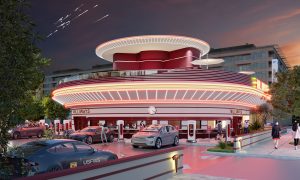
 News4 days ago
News4 days agoTesla’s Hollywood Diner is finally getting close to opening
-
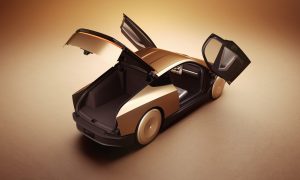
 Elon Musk7 days ago
Elon Musk7 days agoTesla doubles down on Robotaxi launch date, putting a big bet on its timeline
-
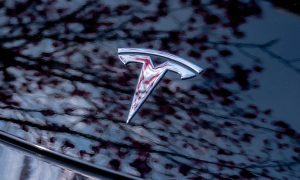
 News1 week ago
News1 week agoTesla’s top investor questions ahead of the Q1 2025 earnings call
-
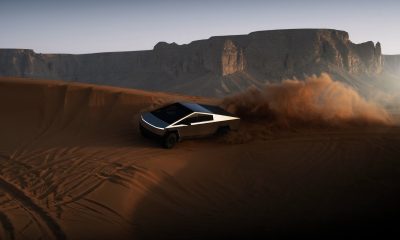
 Cybertruck2 weeks ago
Cybertruck2 weeks agoTesla confirms Cybertruck will make its way out of North America this year
-

 News2 weeks ago
News2 weeks agoTesla launches cheapest and longest range Cybertruck trim yet
-
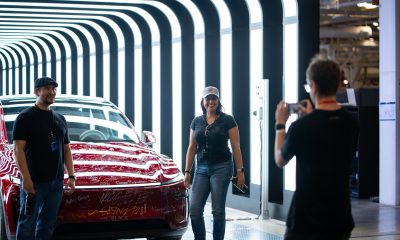
 Investor's Corner2 weeks ago
Investor's Corner2 weeks agoTesla average transaction prices (ATP) rise in March 2025: Cox Automotive
-
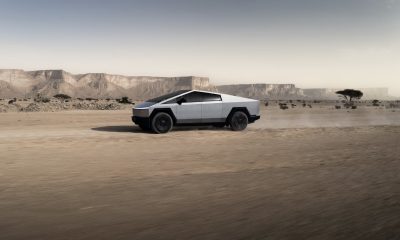
 Cybertruck2 weeks ago
Cybertruck2 weeks agoTesla unveils new Cybertruck configuration, but not in the U.S. (yet)
-

 News2 weeks ago
News2 weeks agoUnderrated Tesla safety feature recognized by China Automotive Research Institute

